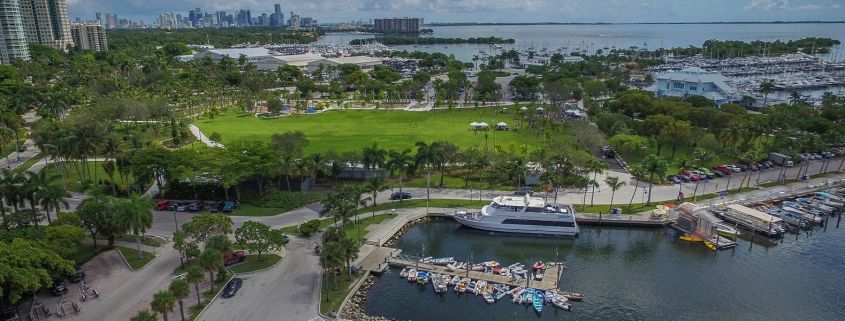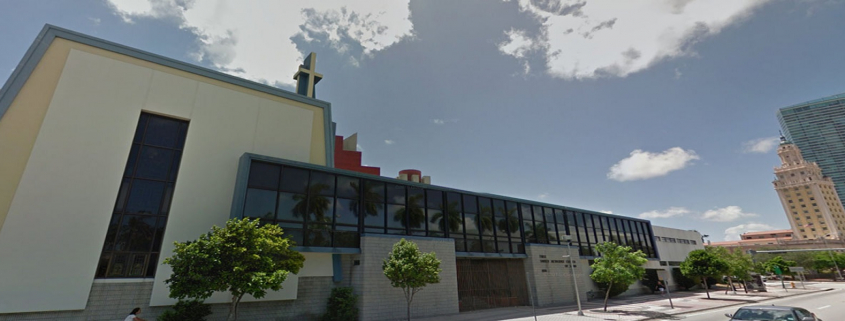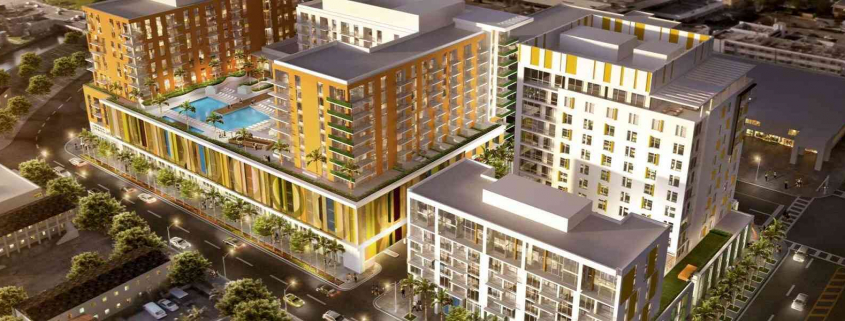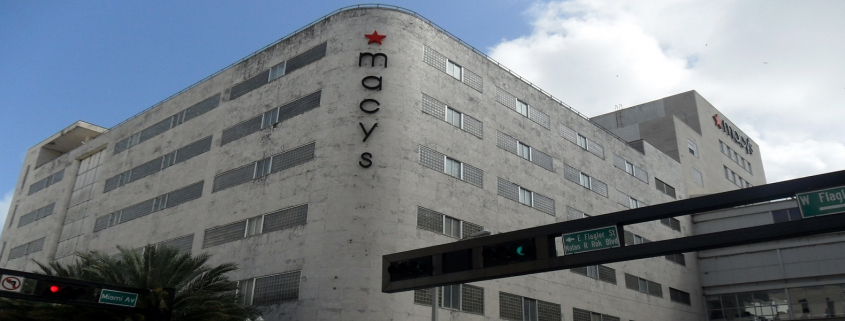Homes at higher elevations in Miami are gaining value at a faster clip than those closer to sea level.
It’s an accelerating trend, and it has residents and real estate agents — in Miami and other coastal communities — asking whether “climate gentrification” has arrived. The term, which only recently entered the lexicon, describes the role of climate change in recalibrating land values, a phenomenon that ultimately could displace low-income and minority residents in a similar fashion as urban gentrification. As sea levels rise and flooding persists, the thinking goes in the case of Miami, waterfront property will lose some of its luster and higher-situated neighborhoods like Little Haiti and Little Havana will become more attractive.
The professor who was first to publish research using the phrase “climate gentrification” isn’t convinced that’s the main culprit in Miami. At least not yet. Jesse M. Keenan, a researcher on urban development and climate adaptation at Harvard’s Graduate School of Design, tracked the rate of price appreciation since 1971 for more than 250,000 residential properties in Miami-Dade County, and compared those figures to elevation. Keenan found that properties at high elevations have long appreciated faster in Miami, mostly because of nonclimate factors.
However, since 2000, the correlation between elevation and price appreciation has grown stronger, which Keenan, in an interview with CBS MoneyWatch, suggested may be “early signaling” of preference for properties at higher elevations and a reaction to persistent nuisance flooding in lower areas.
His prediction: Over the next 10 years, climate change will become a more significant factor in the real estate market for many cities. He expects a “slow burn” toward a tipping point — similar to the foreclosure crisis — when all of a sudden values drop precipitously for high-risk properties.
“This is real,” Keenan said. “There are actual people spending lots of money thinking about how to make money from climate change. We have to come to terms with this sooner than later.”
Keenan tracks at least three “pathways” to climate gentrification, and the variations stem in part from the “location, location, location” mantra of real estate. The three scenarios:
- Low-risk properties surge in value, fueling a migration from high-exposure areas, causing displacement. This isn’t just a sea-level issue: California’s wildfires, for instance, are likely to lead to significant changes in how real estate is valued. “Anything related to climate change,” Keenan explained. “Low exposure is the determinate.”
- Living in high-exposure areas gets so expensive (think taxes, insurance, etc) that only rich people can live there, pushing historically mixed-income areas (such as Miami Beach, Florida, and Hampton Roads, Virginia) to become more exclusive.
- Government investments in resilience have the unintended consequence of boosting land and property values that wind up displacing populations. Sea-level fortifications on the Lower East Side of Manhattan could have this affect, Keenan said.
What’s at stake?
“People’s lives, their livelihoods and their culture,” said Mustafa Santiago Ali, senior vice president of climate, environmental justice and community revitalization for the Hip Hop Caucus, a nonprofit that connects the Hip Hop community to civic life.
Ali, who previously spent 24 years in various roles at the Environmental Protection Agency, said it’s fairly easy to predict who the winners will be as climate gentrification takes hold — led both by one-time events such as hurricanes and the more gradual process of sea-level rise. The answer, of course, is wealthier people.
“Who has the resources? Who has the access?” Ali asked in an interview with MoneyWatch. “Who has the education to understand what’s coming and navigate that?”
One key to ensuring a more equitable outcome is making sure communities are heard, are involved in development, including “adaptation” measures to accommodate climate change, and have avenues to take advantage of rising property values, Ali said. In fact, climate will be a focus area of a new initiative of the Hip Hop Caucus set for launch in spring that targets vulnerable communities.
In Miami, residents of some inland coastal neighborhoods that sit at comparatively high elevations, including Little Haiti, worry that rising property values fueled by sea-level increases could price them out, as PRI reported last week.
Developers have proposed three new projects in the Little Haiti neighborhood that could push immigrants and people of color out, activist Valencia Gunder told PRI.
“In Miami, historically because of racism, redlining and segregation, all of the brown and black people were forced to live in the center of the city, which also happens to be the high elevated areas,” she told PRI. “So, they pushed us here because they didn’t want us on the beach.”
For some buyers these days, the beach looks like a better place to visit than to live. And it’s not just coastal areas that could face consequences of “climate gentrification.” Coastal residents are likely to flock to inland cities in droves — with Austin, Texas; Orlando, Florida; and Atlanta likely to gain the most new residents, according to a study by Mathew Hauer published by the journal Nature in April.
The study, which considers a sea-level rise of about six feet by the year 2100, forecasts a migration of as many as 13 million people (double the total of the Great Migration), with more than 2.5 million fleeing the region that includes Miami, Fort Lauderdale and West Palm Beach. New Orleans would lose about 500,000 people, the study predicts, and the New York City area would lose 50,000 people.
That doesn’t mean coastal areas would empty out. History shows people will always want to live near the water, noted Joel Myers, founder and president of commercial weather service AccuWeather Inc.
Sea levels have been rising for thousands of years, he added, and even as that rise accelerates, the other side of the coin is there’s less waterfront land available to purchase. A simple formula of supply and demand.
Click here to view the CBS MoneyWatch video ‘Climate Gentrification Could Add Value To Elevation In Real Estate’
Source: CBS News







